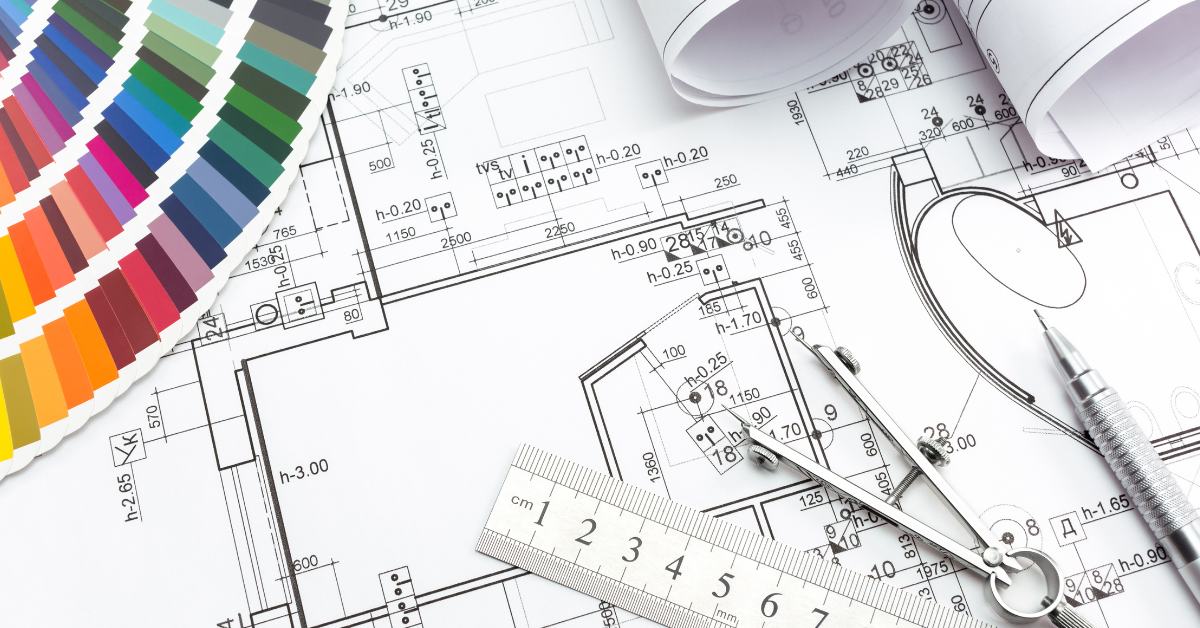By The Materially Better Team
🎧 Listen to thIS story
3 min. 36 sec.
It’s time for new beginnings. Let’s talk about our work — and I mean all of us — in achieving better building products for people and the planet. With the AIA’s recently reiterated Materials Pledge, we have heard the buzz around the design build community. But we’ve also heard from manufacturers, with whom Materially Better interacts daily as a healthier-materials research consultant, that the uptake on their healthier options remains slower than expected. We all know that demand is essential to market transformation, and critical to the equitable distribution of healthier products throughout the marketplace.
The AIA Materials Pledge — as with Architecture 2030’s Commitment asking firms to set goals and track progress for reducing building energy use in their portfolios — focuses on the process and achievement of better building materials. In short, they want to know, “Is your organization meeting your commitment to healthier materials?”
Although there are various resources out there that can provide you with labeled products — and some of these labels indicate healthier choices — we know from collaboration with project teams over the past decade that establishing a process, quantifying achievement and leveraging the work and progress from your first project to the next makes far more sense. The process, while at times challenging, can yield tremendous documented and repeatable successes.
Working on projects large and small of all typologies, with teams ranging from those with well-defined material goals to those who have loosely articulated aspirations, we’ve had ample opportunity to refine the process necessary to achieve material objectives, from design charette through installation. The procedure — and indeed, done correctly it is exactly that — begins with a project roadmap, a comprehensive action plan that can be customized early in the design to pave the way for success, all with the objective of avoiding costly change orders and delays.
While it’s never been easier to specify healthier materials, tracking them through the construction process is essential to ensuring installation. Moreover, tracking products and related assembly components is critical to ensure that your best-in-class carpet is not installed using worst in class adhesives. A roadmap anticipates such roadblocks, and ensures that at any point in design and construction you can gauge where you are in meeting materials objectives.
Milestones are essential for maintaining excitement and engagement during the project, but also for understanding exactly where you stand at completion. Critically, the materials roadmap allows you to demonstrate to your peers and future clients that you are an effective part of the materials movement, by allowing you to be specific about achievements on a project, and benchmark your goals for the next one. This is exactly the type of impact AIA is looking for!
Your product selection is crucial on myriad fronts, so let’s make sure we’re using products with better chemistry. And if we’re going to address other issues, like embodied carbon, responsible industry via FSC, emissions conformance, and the like, we also need an effective way to communicate with, and track, manufacturers’ responses to these objectives.
So as we said at the start of this outreach, let’s talk. Together, we can use the Materials Pledge to transform the materials marketplace!
Materially Better provides client-focused, high-value green building consulting and services, including sustainable and regenerative building design, renovation and construction.

